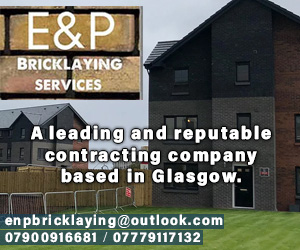The total amount of derelict and urban vacant land in Scotland has decreased by 716 hectares (6%) in the latest year, from 11,753 hectares in 2017 to 11,037 hectares in 2018.
That's according to the latest annual statistics on the extent of vacant and derelict land in Scotland, published by Scotland's Chief Statistician.
Data from the 2018 Scottish Vacant and Derelict Land Survey also showed that of the 11,037 hectares of derelict and urban vacant land recorded in the 2018 survey 1,992 hectares (18%) were classified as urban vacant and 9,044 hectares (82%) were classified as derelict.
The net decrease of 716 hectares (6%) between 2017 and 2018 is the result of 350 hectares being brought back into use, 632 hectares recorded as naturalised (including 561 hectares of former open cast coal sites in East Ayrshire where restoration schemes are now complete), the addition of 187 hectares in new sites and a net increase of 79 hectares as a result of changes to existing sites and removal of sites that do not meet the required definitions.
Five authorities have more than 1,000 hectares of derelict and urban vacant land. East Ayrshire has the largest area (1,810 hectares), 16% of the Scotland total. Glasgow City has the largest area of the City Authorities (1,005 hectares), 9% of the Scotland Total.
The total amount of derelict and urban vacant land has decreased each year between 2012 and 2018 except for 2014 when there was an increase of 2,091 hectares compared to 2013, largely due to over 2,200 hectares of former surface coal mine sites in East Ayrshire that had become derelict following the liquidation of Scottish Coal and ATH Resources in 2013.
The total amount of derelict and urban vacant land in Scotland has shown a net decrease of 3% since 2012 (from 11,342 hectares in 2012 to 11,037 hectares in 2018). Excluding derelict mineral sites, the total amount of derelict and urban vacant land has decreased from 9,413 hectares in 2012 to 7,973 hectares in 2018 (15% decrease).
For those sites where the previous use is known, 29% of derelict and urban vacant land had been previously used for mineral activity (3,080 hectares), 20% for manufacturing (2,137 hectares) and a further 12% for defence (1,270 hectares). For urban vacant land, where previous use is known, the largest area was previously in residential use (16%, 279 hectares). For derelict land the largest area with a known use had a previous use for mineral activity (35%, 3,064 hectares). 79% of derelict and urban vacant land, where the development potential was known, was reported to be developable with 27% (2,688 hectares) considered developable in the short term (development within five years).
21% of derelict and urban vacant land, where the development potential was known, was considered uneconomic to develop and/or is viewed as suitable to reclaim for a ‘soft' end use (i.e. non-built use).
Overall in Scotland 29.1% of the population were estimated to live within 500 metres of a derelict site, though there were differences across the country. Shetland and Orkney had the lowest percentage, both less than 1%.
58% of people living in the most deprived decile in Scotland are estimated to live within 500 metres of derelict land, compared to 11% of people in the least deprived decile.
350 hectares of land was reclaimed or brought back into use in 2018. An additional 632 hectares were recorded as naturalised.
More sites were reclaimed or brought back into use for residential purposes than any other use (163 of the 318 reused sites), covering 194 of the 350 hectares brought back into use.
Almost half of the 350 hectares of Derelict and Urban Vacant Land brought back into use in 2018 (173 hectares) were listed as private sector funded.
109 hectares, 31% of the 350 hectares of Derelict and Urban Vacant Land brought back into use in 2018 involved some form of public funding, either a full or partial contribution.
Since its inception in 2005/06, the Scottish Government's Vacant and Derelict Land Fund has contributed (either fully or partially) to the reuse of 402 hectares (in total) of previously derelict and urban vacant land across Dundee City, Fife, Glasgow City, Highland, North Ayrshire, North Lanarkshire and South Lanarkshire.
Construction News
25/04/2019
6% Decrease In Derelict And Urban Vacant Land

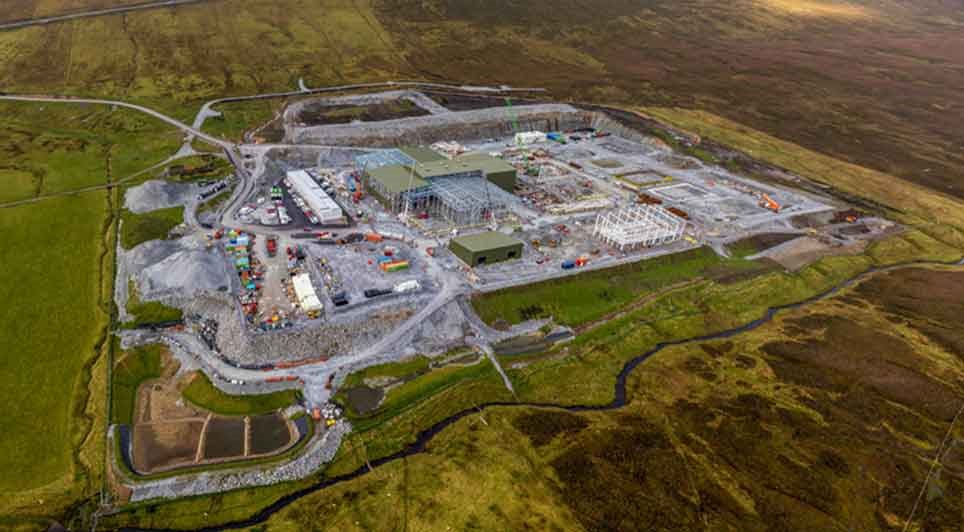
17/06/2025
Sypro has announced a major milestone in its long-standing partnership with SSEN Transmission, having now managed over £5 billion in contracts supporting the UK’s critical energy infrastructure across more than 250 projects in the north of Scotland.
For more than a decade, Sypro's digital contract
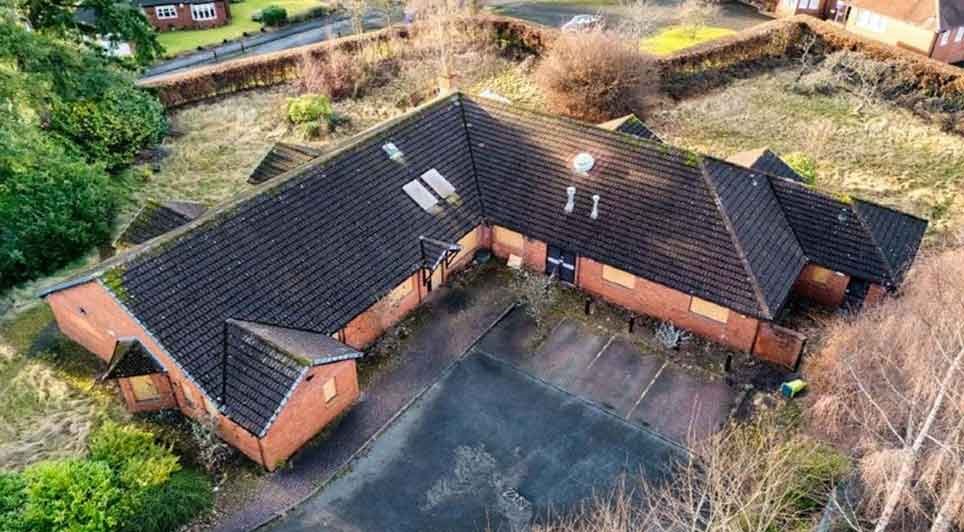
17/06/2025
Stirling Council has approved the sale of the former Beech Gardens Care Home in Torbrex.
At a recent council meeting, Urban Nest Scotland Ltd was confirmed as the preferred bidder. The company plans to redevelop the vacant site for private residential use, with proposals that aim to complement the
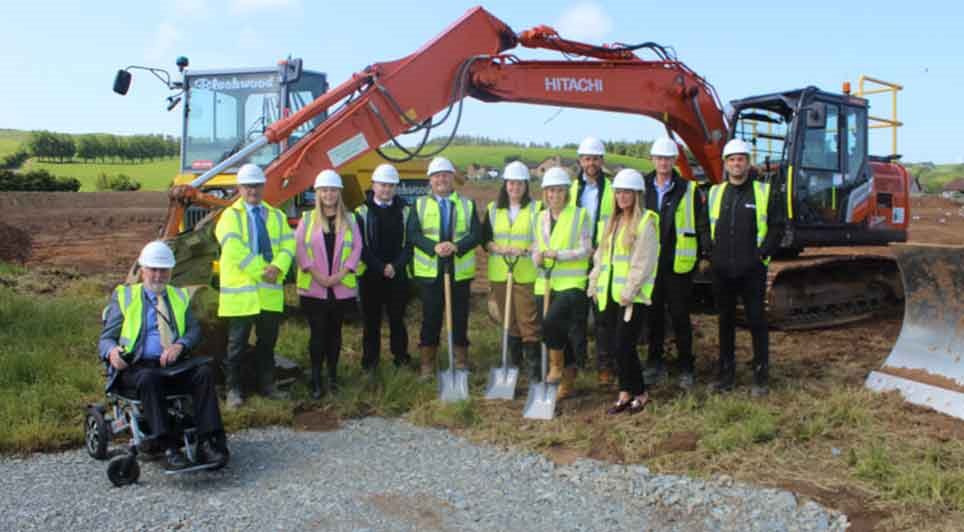
17/06/2025
Two sod-cutting ceremonies have marked the official start of new housing developments in the west of Dumfries and Galloway, as Wheatley Homes and McTaggart Construction begin delivering vital social housing in Stranraer and Leswalt.
The ceremonies celebrated the beginning of construction on two sit

17/06/2025
Fife Council is inviting residents to take part in a public consultation on short-term lets, seeking views on the potential introduction of Short-Term Let Control Areas across the region.
The consultation, now open, aims to gather public opinion on whether areas should be designated where planning

17/06/2025
Highland charity DAY1 is exploring opportunities for an ambitious new centre of learning, capitalising on the opportunities in construction and green energy revolution, expanding its services to support more disengaged youths across the Highlands
Since 2005, the Inverness-based charity has been pro
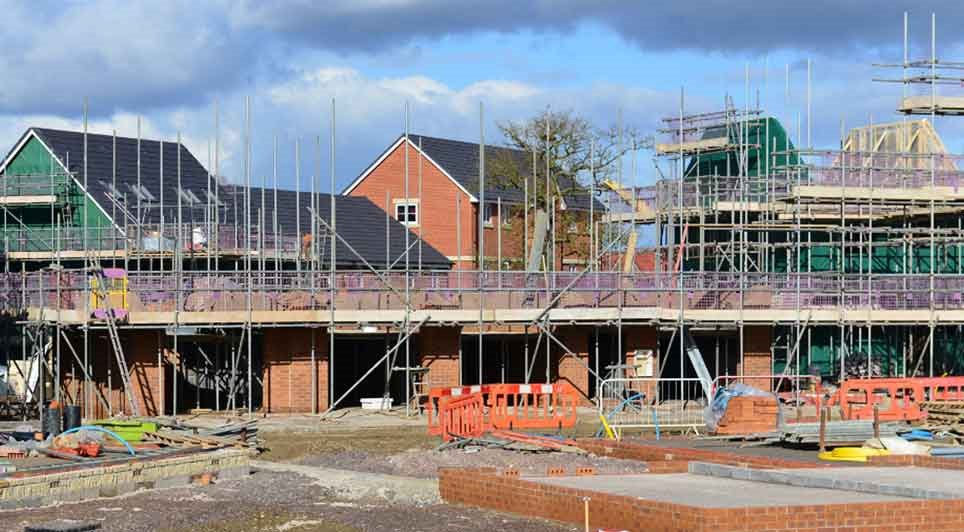
17/06/2025
AS Homes (Scotland) has secured planning permission from East Renfrewshire Council for a new social housing development in partnership with Barrhead Housing.
The project will see 12 new flats built for social rent on Cross Arthurlie Street, a brownfield site near Barrhead Park and the town's train
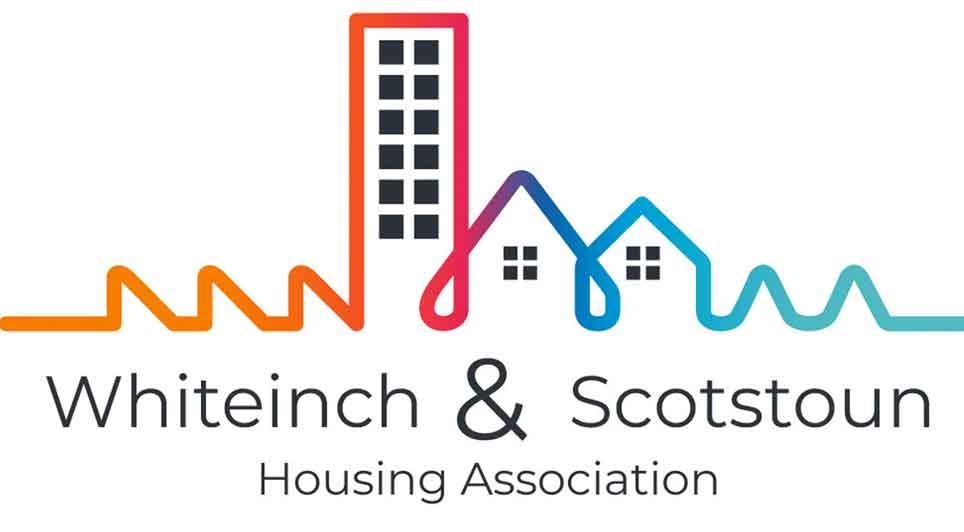
17/06/2025
Whiteinch & Scotstoun Housing Association (WSHA) has officially launched its new business plan for 2025–2030, outlining a bold and community-focused vision to strengthen its role as both a leading housing provider and a key anchor organisation within the local area.
The five-year strategy sets out

17/06/2025
Balfour Beatty has announced the appointment of Nick Rowan as Managing Director of its UK Construction Services Regional Scotland business, effective from 4 August 2025.
Rowan, who began his career with Balfour Beatty 30 years ago as a Graduate Surveyor, steps into the top regional role following a
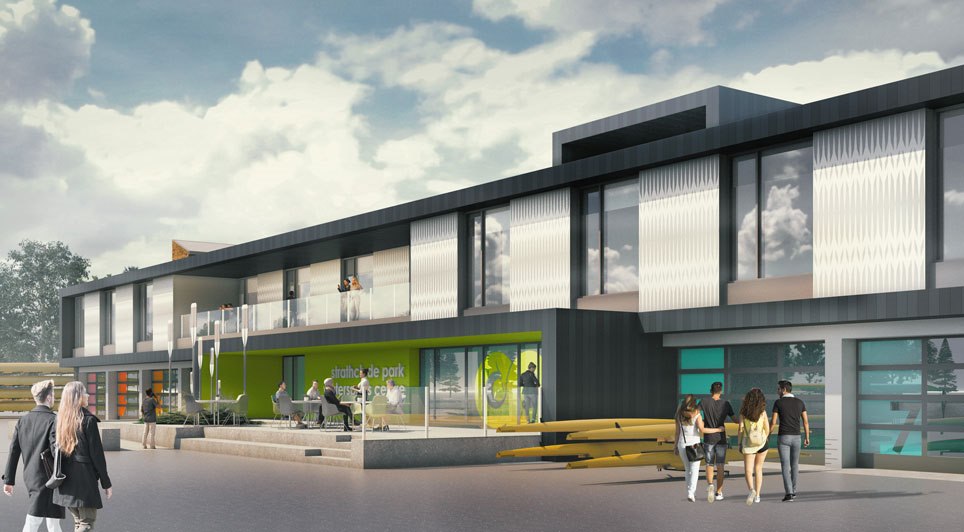
16/06/2025
Work has commenced on a major project to transform the Watersports Centre at Strathclyde Country Park into a multi-purpose community facility, with an ambitious target to reduce the building's carbon footprint by at least 80%.
The initial stage, focusing on improving the building's entrance and ac

16/06/2025
Work is expected to commence this summer on the site for the new Mayfield Community Learning Campus, following Midlothian Council's appointment of Kier as the main contractor.
The £41.8 million project is expected to complete its construction phase by spring 2027, with the overall campus fully ope
 Scotland
Scotland UK
UK Ireland
Ireland London
London







